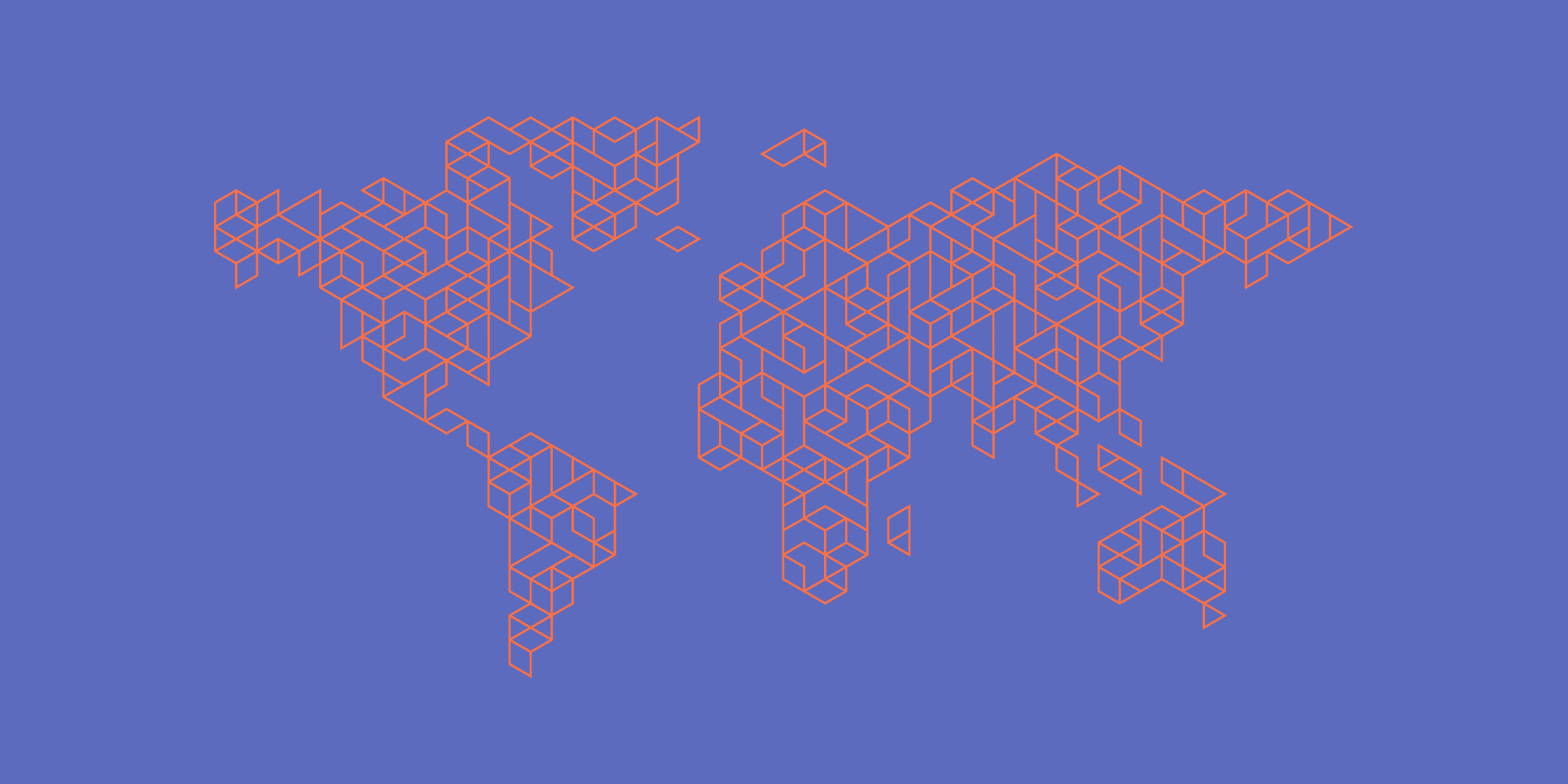Designing Security Solutions for Organizational Resilience
By Ben Holladay, Chief Revenue Officer
We’ve talked before about the Atomized Network, which includes legacy, on-premises, hybrid, multi-cloud, and edge environments, and the massive implications it has on network security. The distributed nature of workloads makes them hard to defend, particularly when we rely on multiple teams and tools with gaps in between them. Attackers live in the gaps that continue to multiply and execute damaging attacks.
At the same time, enterprises are facing significant organizational changes. We’re all familiar with the Great Resignation that began at the onset of the global pandemic and the cybersecurity skills shortage that has been going on for years. Security executives tell us they struggle to meet performance goals due to employee demographic shifts and challenges with turnover, team building, and retention.
In the security industry, cyber resilience and operational resilience tend to take center stage, particularly since the pandemic’s start and its impact on supply chains, the geopolitical environment, and the global economy. But organizational resilience, the ability of enterprises to get work done despite personnel changes, is a real risk, and it directly impacts our ability to defend complex and fluid computing environments and keep them up and running.
Through our conversations with customers at the intersection of network atomization and organizational change, what has caught our eye is the interplay between security solution design and organizational resilience. Developing products that reduce demands on the workforce is a strategic way to tackle organizational pressures that industry experts encourage more companies to lean into.
Envisioning tools and technologies designed to help executives with organizational resilience has been part of Netography’s mission since our founding. The name of our platform, Netography Fusion, signals our focus on closing the gaps between tools and teams to provide more knowledge transfer and collaboration between different operational teams (NOC, SOC, and Cloud operations) to speed the time to detect and remediate threats against the organization.
Our latest release of powerful tagging and context labeling is one way that we aim to accelerate analyst onboarding and preserve institutional knowledge. By combining business logic across your Atomized Network, new employees can make sense of the environment they need to protect much more quickly without needing 20 years of experience memorizing the nuances and addresses across the complex enterprise network. Delivering a comprehensive view of the network and network traffic, consumable by teams at all levels of understanding, makes that tribal knowledge accessible so everyone benefits. The user interface also has several unique, time-saving data points that enable analysts to “pivot” quickly and reduce fatigue. Your analysts will quickly be able to answer questions like: “Who is talking to whom? Over what port? Is it being blocked or not? Where is that data going?”
We’ve designed a customer experience that we believe provides a lingua franca among teams. In effect, breaking down silos between NOC, SOC, and Cloud operations teams as well as DevOps, threat hunters, forensics, and risk management. Even compliance teams can streamline audits and quickly provide proof of network policy enforcement. All these teams share the same corporate mission—to protect the franchise—so it just makes sense that they share a common language and a comprehensive real-time data set enriched with context, with the flexibility to drill down and do what they need to do.

